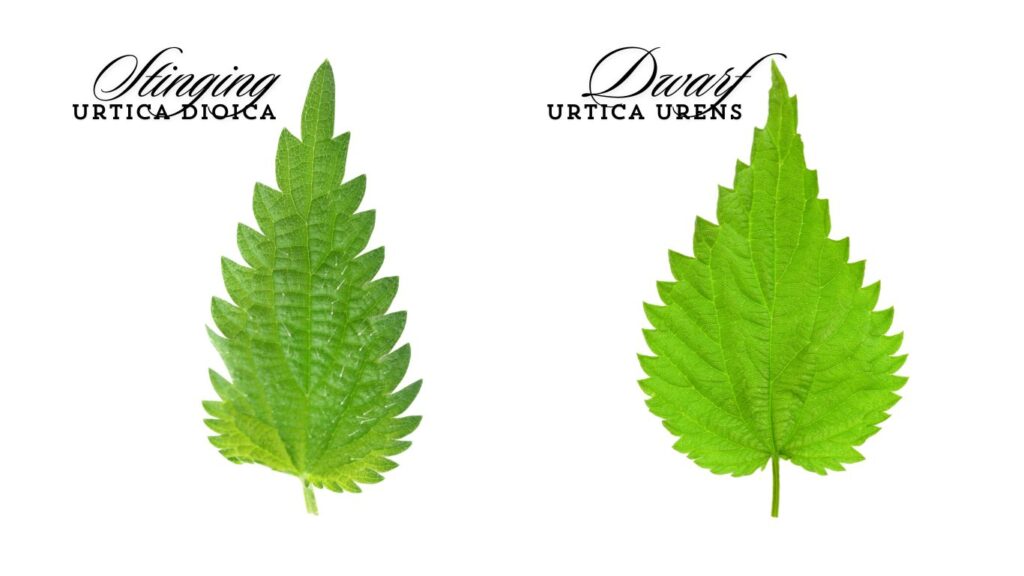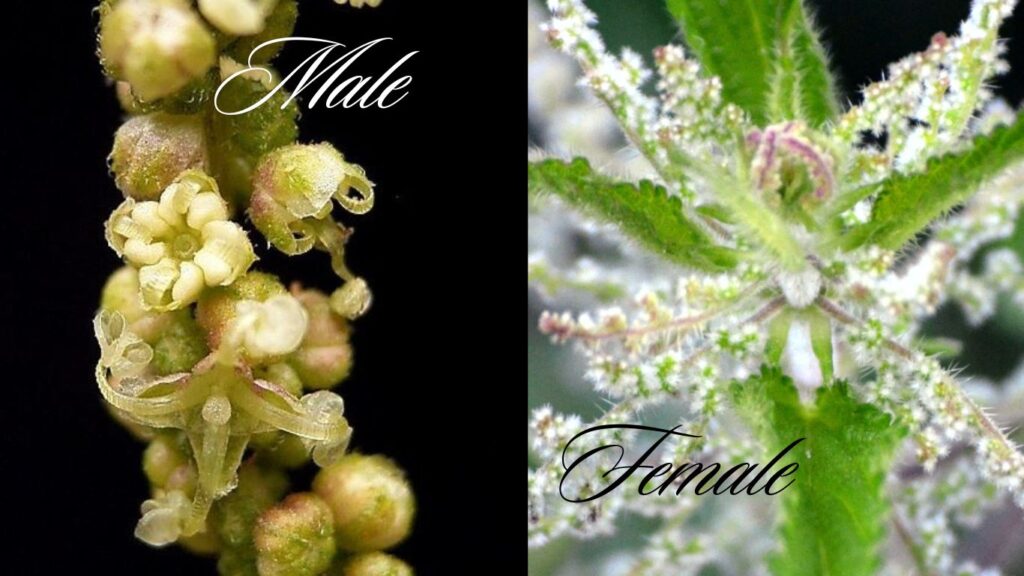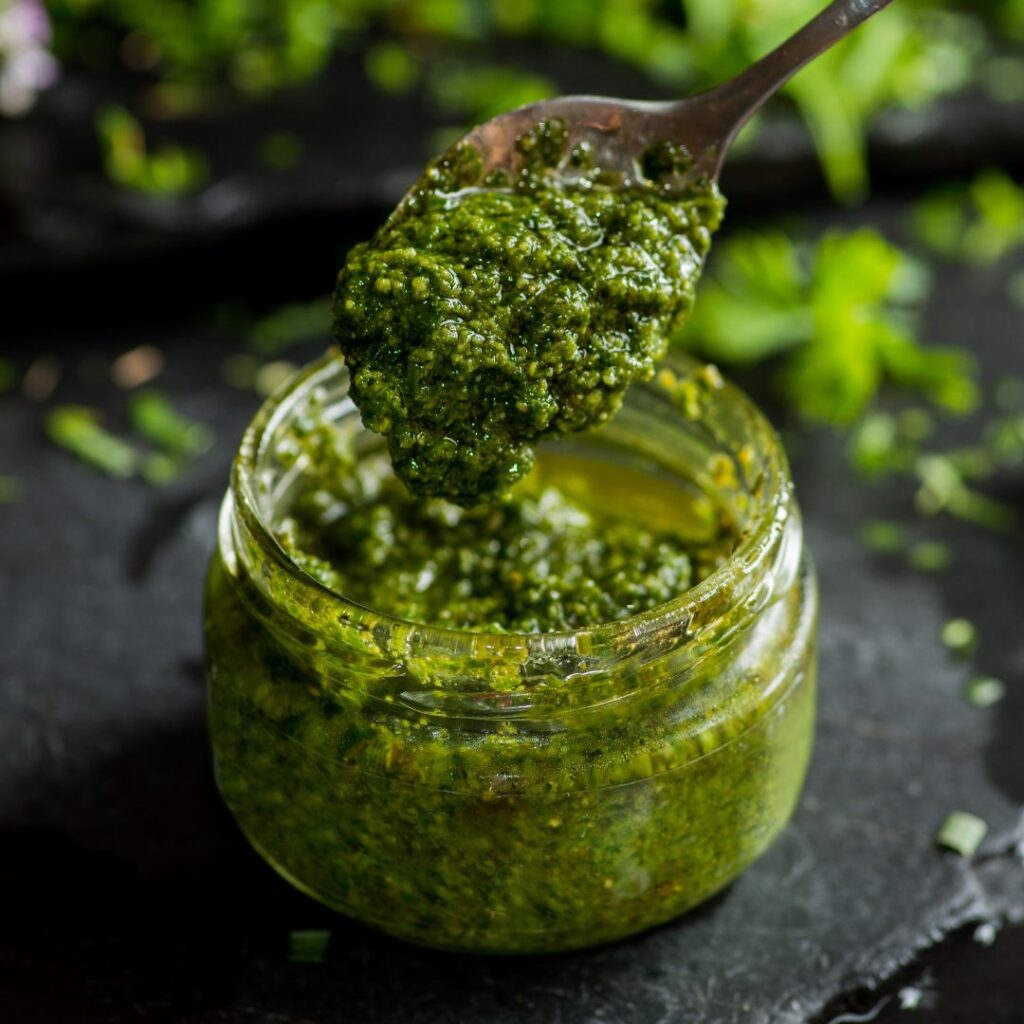
The history of nettles is a long and varied one, stretching back to prehistoric times. Although this plant is seen as a weed that must be eliminated, it is a very tasty food source that can be eaten raw, cooked, or dried and powdered. It offers a unique nutritious food source that is rich in vitamins, minerals, and antioxidants.
But it’s uses don’t stop there! Nettles benefits are as old as time, having been used for medicine and clothing (yes clothing!!) for centuries, and they continue to be used in a variety of ways today.
The two main speciaes of nettle that are safe to eat are Urtica Urens (Dwarf Nettle) & Urtica Dioica (Stinging Nettle)

The leaf of the dwarf like it’s name is shorter and more round in shape. where as the stinging nettle is longer and thinner. Both sport a spear shape snd both are edible. Please note here that, as with all wild plants that are used in herbalism for health and healing, balance should always be observed. Nettle is not recommended for consumption during pregnancy or when breast feeding. It also has diuretic properties.

Roots, seeds, stems and young, tender leaves can be eaten and used. This is where it is important to understand the difference between the male and female of the plant. The male flowers are fairly crisp in appearance and tend to look firm and upright. These flowers produce pollen. that is collected (captured) by the more ‘frosty’ drooping flowers of the female plant. Once this ‘transaction’ has taken place, the female will then go on to produce seeds.
This remarkably versatile herb is a favourite among herbalists, appreciated for its capacity to alleviate and soothe various medical conditions, such as arthritis, gout, kidney stones, and skin problems. Further more it is reputed to aid in the elimination of uric acid from joints, a waste product found in the blood that accumulates, resulting in gout.
The leaves and roots of the plant contain a number of compounds that have anti-inflammatory, diuretic, and astringent properties. Nettle tea is a popular herbal remedy for urinary tract infections and other bladder problems. That being said, it’s diuretic nature can cause disruption to routine
One of the most fascinating facts about nettle benefits is how the nettle sting has been used over the years as a source of pain relief.
This study ‘here’ noted that sufferers of arthritis who have been stung by nettles find the arthritic pain subsides temporarily. When the body is stung by nettles, it produces serotonin and histamine, which help to block the transmission of the pain signal from the brain, thus alleviating pain.
In addition, compounds that have a similar effect on pain receptors as NSAIDS (Non-Steroidal Anti Inflammatory Drugs) are reported to be found in nettles Nettle. Therefore reducing (not replacing) the amount of painkillers needed.
Here is a summary of the benefits of nettle:
The fibres of the nettle plant can be used to make textiles. Nettle cloth is strong, durable, and moisture-wicking (the ability to pull moisture away from the skin using tiny, built-in capillaries), making it ideal for clothing and other textiles. Furthermore, due to it’s strength and durability, nettle cloth was once used to make sails for ships and ropes for fishing nets.
In addition to their culinary, medicinal, and textile uses, nettles have also been used for a variety of other purposes, including:
In Celtic lore, thick stands of nettles indicate that there are fairy dwellings close by, and the sting of the nettle protects against fairy mischief, black magic, and other forms of sorceryIn the verdant tapestry of Celtic folklore, dense patches of nettles hold a mystical significance, serving as silent signposts to nearby fairy dwellings. These nettles are believed to possess extraordinary properties, capable of warding off mischievous fairies, dark magic, and other forms of sorcery.
This belief stems from the ancient Celtic reverence for nature, where the realms of humans and fairies intertwined. Fairies, often depicted as capricious and mischievous beings, were believed to possess supernatural powers that could both aid and hinder humans. To navigate this delicate relationship, the Celts sought protection from the capricious nature of the fairy realm, and the nettle, with its stinging barbs, became a potent symbol of this protection.
They believed that the sting of the nettle contained a powerful magical essence that repelled the mischievous intentions of fairies. The burning sensation caused by the tiny hairs on the nettle leaves was seen as a deterrent, creating an invisible barrier that discouraged fairies from lingering or causing harm. This protective quality was believed to extend beyond physical contact, with the mere presence of nettles around a dwelling or person thought to provide a cloak of spiritual protection.
Nettles were often planted around the perimeter of homes and villages to create a protective boundary against unwanted fairy interference. The stinging sensation served as a warning, a natural alarm system that alerted the inhabitants to the presence of mischievous fairies. This belief persisted for centuries, and even today, in some Celtic regions, people maintain the tradition of planting nettles around their homes as a symbol of protection and respect for the fairy realm.
In the intricate tapestry of Celtic beliefs, the nettle stands as a potent symbol of protection, a guardian against the unseen forces of the fairy realm and a reminder of the deep connection between humans and the natural world. Its stinging barbs, once feared and revered, became a testament to the ingenuity and resilience of the Celtic people, who found solace and strength in the embrace of the natural world.
How to harvest nettles:
In the springtime, nettles are at their peak flavour and tenderness. Harvest them early, ideally when they are between 6 and 8 inches tall. For a second harvest, aim for late spring. It’s generally advisable to harvest only the tops, as they are the most tender parts of the plant.
To safely harvest nettles, wear protective gear and gently brush over the leaves to remove the stinging hairs. Remember, nettles should never be consumed raw, as they contain a stinging acid that must be destroyed by cooking. Therefore, nettles are not suitable for salads.
Try them steamed (as you would with spinach). They have a salt-like taste so can be ideal for a low salt diet.
As protection against mould
Nettle leaves have a remarkable ability to prevent mould formation on fruits, ensuring their freshness and extending their shelf life. This natural preservative quality of nettle leaves is attributed to the presence of various bioactive compounds, including flavonoids, tannins, and phenolic acids. These compounds possess antimicrobial and antifungal properties that inhibit the growth and spread of mould spores.
When nettle leaves are used in conjunction with fruits, they create a protective barrier that reduces the exposure of the fruit surface to oxygen and moisture, two factors that contribute to mould growth.
The bioactive compounds in nettle leaves interact with the surface of the fruit, forming a thin layer that acts as a natural sealant. This layer helps maintain the ideal humidity level within the fruit, slowing down the ripening process and preventing the development of mould.
Additionally, nettle leaves are rich in antioxidants, which help protect the fruit from oxidative damage. Oxidation is a natural process that occurs when fruits are exposed to air, leading to the breakdown of nutrients and the development of off-flavours. The antioxidants in nettle leaves neutralise free radicals, preventing them from causing damage to the fruit’s cells and preserving its overall quality and taste.
By incorporating nettle leaves into fruit storage practices, it is possible to extend the shelf life of fruits, reduce food waste, and maintain their nutritional value.
Furthermore, the use of nettle leaves as a natural preservative is an eco-friendly and sustainable alternative to synthetic chemicals, making it an attractive option for both consumers and producers.
Ingredients
Method

Teas & Hot Drinks
You can read more about this wonderful herb and others with our Treetop Teahouse ebook.
Treetop Teahouse Menu Ebook – available for download from our store here
£5.00£3.00
Ebook – Available in English and Italian
Each page will guide you through the preparation of a handful of herbal teas and includes the reputed benefits as well as contraindications.
Herbal alternatives can be very powerful. Some of the suggested teas can interfere with certain medications. Please consult your medical practitioner before starting any new healthier alternatives.
Like this article?

Personal, business and spiritual development coaching, yoga classes and private tuition, wellness consultancy.
Hello, I am Anna the creator of WellbeingWinnie – my dream that grows bigger and more exciting everyday, inspired because of an illness called myalgic encephalomyelitis (M.E) which I have had for 25 years.
Leave a comment